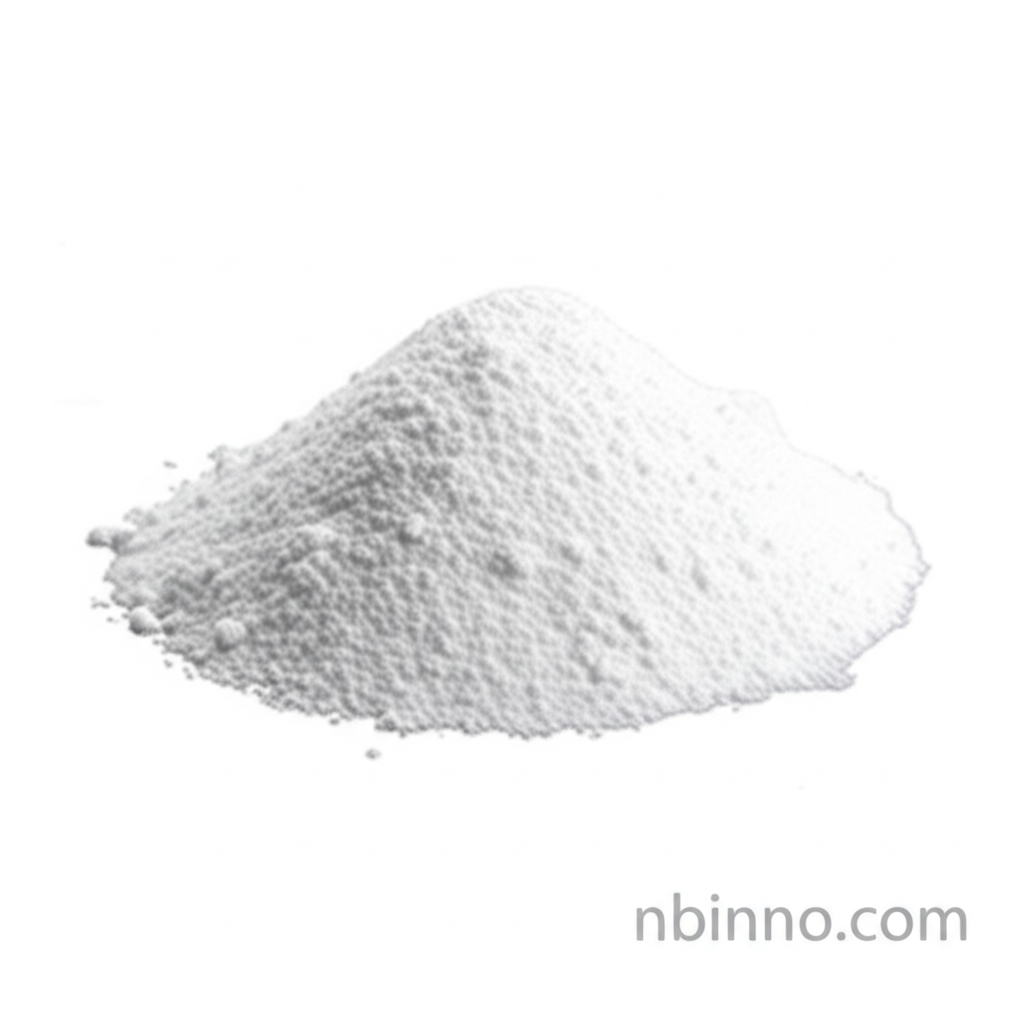High-Quality Tetrasodium EDTA: A Versatile Chelating Agent for Industrial Applications
Unlock superior performance and stability across industries with our premium Tetrasodium EDTA.
Get a Quote & SampleProduct Core Value

Tetrasodium EDTA
Tetrasodium EDTA is a highly effective chelating agent, crucial for managing metal ion interactions in a wide array of industrial processes. Its ability to form stable complexes with various metal ions makes it an indispensable component for enhancing product quality and operational efficiency.
- Discover the power of tetrasodium edta chelating agent in preventing metal-catalyzed degradation and improving product shelf-life.
- Learn why buying tetrasodium edta is essential for applications demanding superior water treatment capabilities.
- Explore the diverse edta-4na industrial uses, from textiles to pharmaceuticals, showcasing its broad applicability.
- Understand the critical role of edta tetrasodium water treatment in managing hard water ions and preventing scale formation.
Key Advantages
Enhanced Stability and Performance
Leverage the power of edta tetrasodium cosmetics to stabilize formulations, prevent discoloration, and extend the shelf life of your personal care products.
Superior Cleaning Efficacy
In detergents and cleaners, the use of tetrasodium edta price consideration is justified by its ability to sequester interfering metal ions, significantly boosting cleaning power.
Broad Industrial Compatibility
This versatile chelating agent is instrumental in agriculture for micronutrient delivery and in the textile industry for improved dye uptake and processing.
Key Applications
Water Treatment
Tetrasodium EDTA is vital for softening water by binding hard water ions like Ca²⁺ and Mg²⁺, thus preventing scale formation in industrial systems.
Detergents and Cleaners
It enhances the cleaning efficiency of detergents by sequestering metal ions that interfere with the performance of surfactants.
Cosmetics and Personal Care
In this sector, it acts as a stabilizer, preventing discoloration and degradation caused by metal ions, thereby improving product longevity.
Textile Industry
It prevents metal ion impurities from altering the colors of dyed products and plays a role in bleaching processes for better results.
